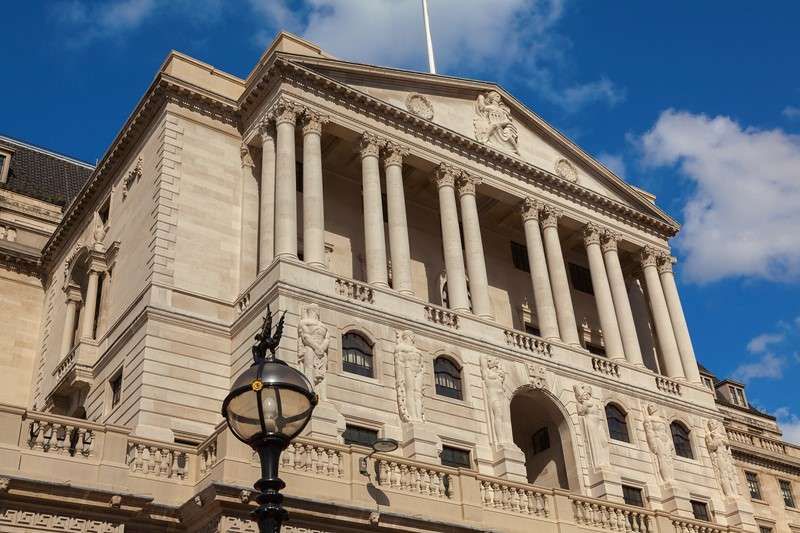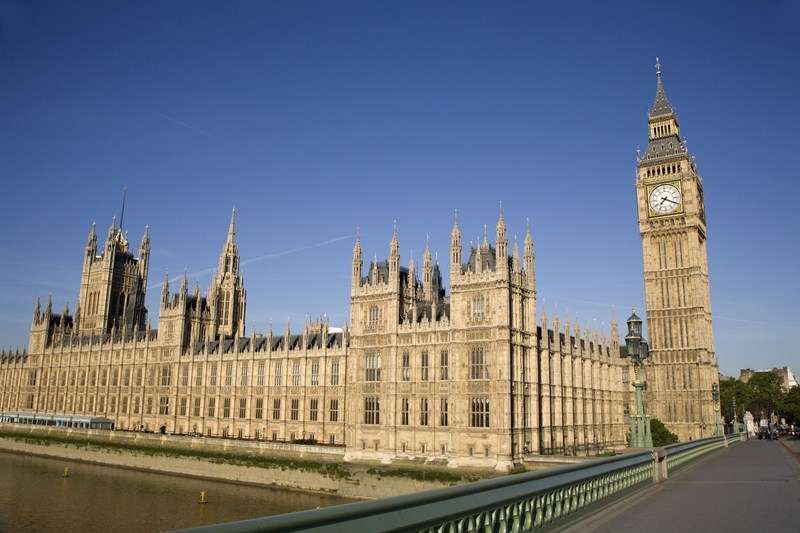Don’t forget to report property gains
A higher rate of CGT applies to gains on the disposal of residential property (apart from a principal private residence). In the Spring Budget 2024, the Chancellor announced a reduction in the higher rate that exists for residential property to 24% (from 28%) from 6 April 2024. These rates apply to higher rate taxpayers as well as to trustees and personal representatives. The lower rate that applies to basic rate taxpayers remain unchanged at 18% in the current 2024-25 tax year.
Most people are aware that they do not usually have to pay CGT when they sell their qualifying residential property used wholly as a main family residence. However other sales of property that are not a principle private residence (PPR) will be subject to CGT.
This includes:
- buy-to-let properties
- business premises
- land
- inherited property
The deadline for paying any CGT due on the sale of a residential property is 60 days. This means that a CGT return needs to be completed and a payment on account of any CGT due should be made within 60 days of the completion of the transaction. This applies to UK residents selling UK residential property where CGT is due. There are various reliefs available from CGT for the sale of qualifying business assets.




